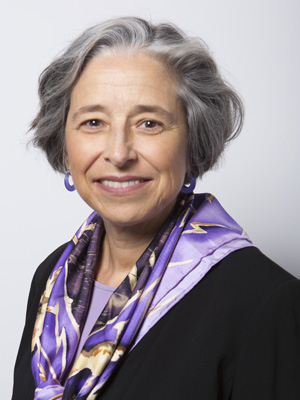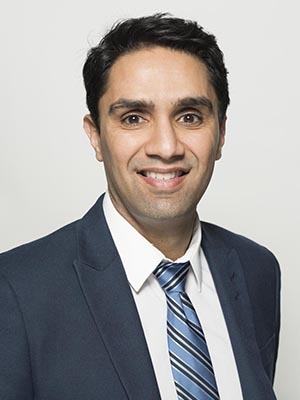Top News in Imaging: 2018
An alphabet soup of testing modalities—from CTA to FFRCT, IVUS, and NIRS—showed promise in this year’s trials, two experts told TCTMD.
News on cardiovascular imaging—intravascular ultrasound, CT angiography (CTA), and near-infrared spectroscopy (NIRS), among others—grabbed headlines in 2018, with data setting the stage for more mature trials and, in some cases, offering lessons ready to put into practice.
Pamela Douglas, MD (Duke University, Durham, NC), described 2018 as the “year of cardiac CT.”
SCOT-HEART is a prime example, she told TCTMD. Over nearly 5 years of follow-up, the 4,080-patient trial demonstrated a 41% reduction in the primary clinical endpoint of coronary heart disease death or nonfatal MI when CTA was used instead of standard care alone to guide patient management. That decrease in the combined endpoint “is not subtle,” Douglas emphasized.
As for whether the results swayed opinions, though, she said that “like with anything, people don’t want to change their current practice. And people have nuclear labs and stress echo labs and treadmill labs that are routine for them to refer to or to operate in.”

SCOT-HEART comes on the heels of PROMISE in 2015, for which Douglas was primary investigator. “It’s been, for me—and I obviously have a dog in the hunt here—a pretty steady drumbeat” of trial data coming out over the years that show CT is at least as good as other testing options, said Douglas. “The news from 2018 is that we now have level of evidence A.”
Fractional flow reserve derived from CT angiography (FFRCT), the focus of the ADVANCE Registry presented at the 2018 European Society of Cardiology Congress, is noteworthy, too, Douglas said. Use of FFRCT “changed care in a dramatic number of patients. . . . In terms of both prognostic and diagnostic information, that is pretty awesome,” she commented, noting that reimbursement for this imaging has improved over the past year or so as well.
Another study, from Aarhus University in Denmark, showed that in nearly 3,700 patients with intermediate-range stenoses, an FFRCT cut point could effectively differentiate who did and didn’t require additional diagnostic testing or intervention, Douglas added.
Douglas is leading the newly launched PRECISE trial, which is looking at all-comers with stable chest pain. Participants will be randomized to usual care or to a strategy employing a risk score that stratifies patients either to no immediate planned testing or to CTA with selective use of FFRCT.
Ziad Ali, MD, DPhil (NewYork-Presbyterian/Columbia University Irving Medical Center, New York, NY), also called out the promising advances of FFRCT in 2018.
FFRCT is “likely to make a very major impact in our field, to the point which some could argue that in the next 5 years or so it will obviate the need for a pressure wire,” Ali said, adding, “The technology . . . provides you both anatomy and physiology at a very early stage before the patient gets to the cardiologist or the interventionalist. That has the potential not only to streamline therapy but some of the tools the developer is making will also allow planning for the procedure ahead of time,” much like in TAVR.
IVUS, NIRS, and OCT
Beyond CT-focused studies, Ali named other imaging trials that he believes will shift the field.

The ULTIMATE trial, presented at TCT 2018, randomized 1,448 patients from eight Chinese centers to either IVUS- or angiography-guided PCI. At 12 months, 5.4% of patients with angiography-guided PCI had TVF compared to 2.9% in the IVUS-guided group (HR 0.53, 95% CI 0.31-0.90). Notably, he said, the numbers mirror those of the 2015 IVUS-XPL study, adding credibility to its finding that TVF was nearly halved with IVUS.
Ali also highlighted the LRP study, which tested the potential of NIRS. “For years we’ve lived with the concept that the hallmark of atherosclerosis—lipid and lipid burden—drives cardiovascular risk,” he said, adding that other studies such as PROSPECT have supported that concept. The new findings clarified that connection, in that greater NIRS-detected lipid was linked to “substantially” increased risk of adverse events at both the patient and lesion levels.
Thus, looking at lipid burden is important and NIRS may be a way to delineate patients who are most vulnerable, Ali emphasized. Additionally, he said, “medical therapies that might be able to reduce or regress atherosclerosis could be assessed in an entirely new way.”
Also in 2018, ILUMIEN IV began enrolling patients, Ali pointed out. The study stands out as the largest ever randomized trial of intravascular imaging—here, optical coherence tomography—versus angiographic guidance during PCI. When focusing on complex patients, the number needed to treat to prevent TVF is in the ballpark of 35 to 40; with conventional PCI, it’s in the hundreds, he noted. “You get a lot more bang for your buck potentially” if you can target the right population.
Click here for more from TCTMD’s 2018 Year in Review.
Caitlin E. Cox is News Editor of TCTMD and Associate Director, Editorial Content at the Cardiovascular Research Foundation. She produces the…
Read Full BioDisclosures
- Ali reports no relevant disclosures.
- Douglas reports receiving research funding from HeartFlow for the PRECISE trial.


Comments